Compose the Picture!
I think photography is in my DNA. One of the things that fostered my interest in becoming a shooter is the fact that my Dad was one for many years. He shot thousands of pictures of places he traveled to while serving in the U.S. Navy, both at sea and shore duty. His pictures also included travels at home, to the mountains of North Carolina and Virginia as well a trip to Canada in 1967. Dad’s camera was always recording images of birthday parties, holidays, and trips to the beach.
Now my daughter is learning as much as she can about digital photography. My brother shoots, as does Charity his daughter. Charity happens to be a really good photographer of children, in my opinion.
I think that when you go to a studio and have a portrait of yourself or your family taken, you have a record of what you looked like at that time.
When you capture a picture yourself, you create a record of what your life was like at the time you took it. You also create a record about what you are like as a person.
A photograph says as much or more about the photographer as a painting says about the artist who puts brush to canvas. Just as a painter leaves his work behind, so does the photographer.
Just something to think about.
Lesson Five, Compose the Picture!
This lesson will expand using depth of depth and the rule of thirds. We will also learn how to use framing and take advantage of diagonal and converging lines.
First though, let us shake things up a bit and talk about breaking the rules.
I will, on occasion, break the rule of thirds by the way I use lines.
I talked earlier about how the rule of thirds adds interest to a picture by using points of interest that can have natural lines. Lines can also be man made. Multiple lines that converge together or come close to one another can be a great way to lead the eye of the viewer into a shot. These lines can cross the dead center of the frame, which technically breaks the rule.
Look at the following picture. What line or lines of the picture does your eye automatically go too? Does the location of that element break the Rule of Thirds?
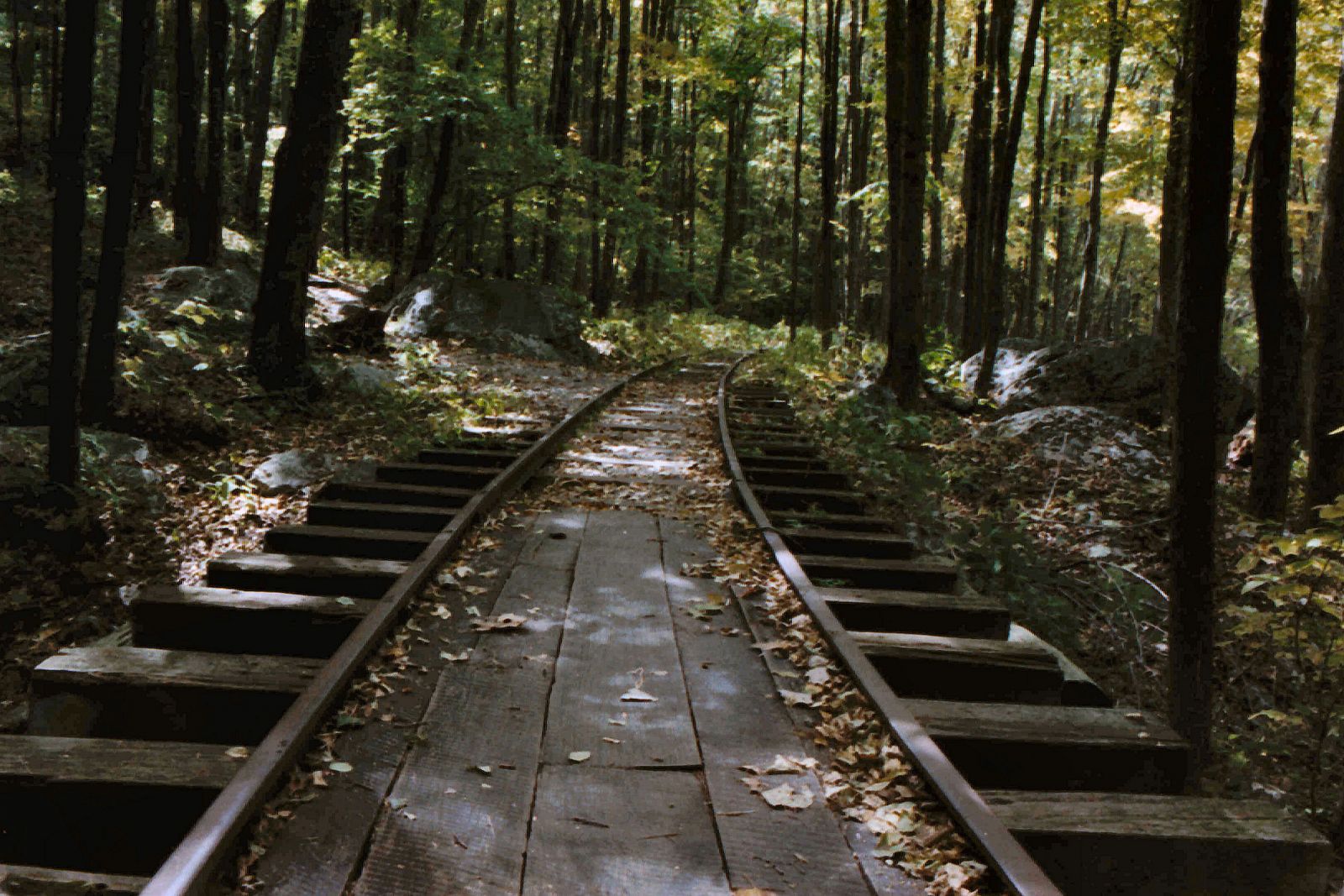
The placement of the lines of the railroad track breaks the rule but takes advantage of it at the same time. What makes that possible?
Is the rule of thirds still used in this picture as well as being broken?
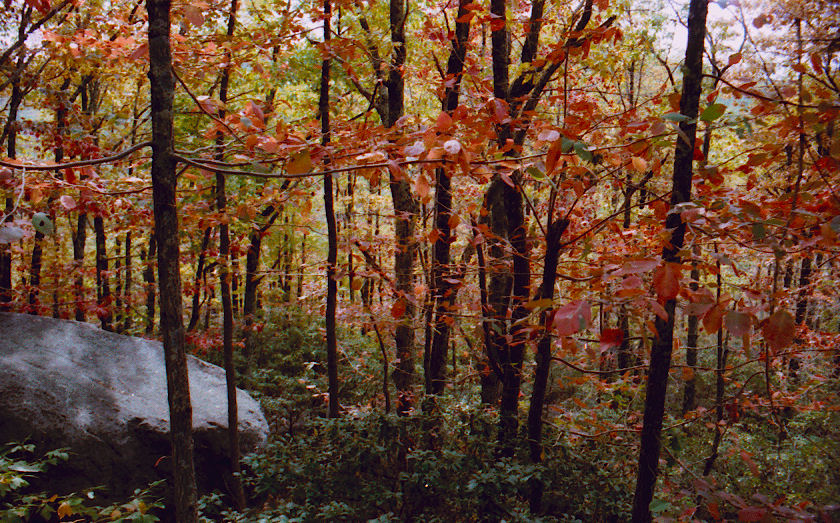
The position of the butterfly blatantly breaks the rule, however I used a shallow Depth of Field to create a final effect which I think makes the picture better than if I had kept the rule.
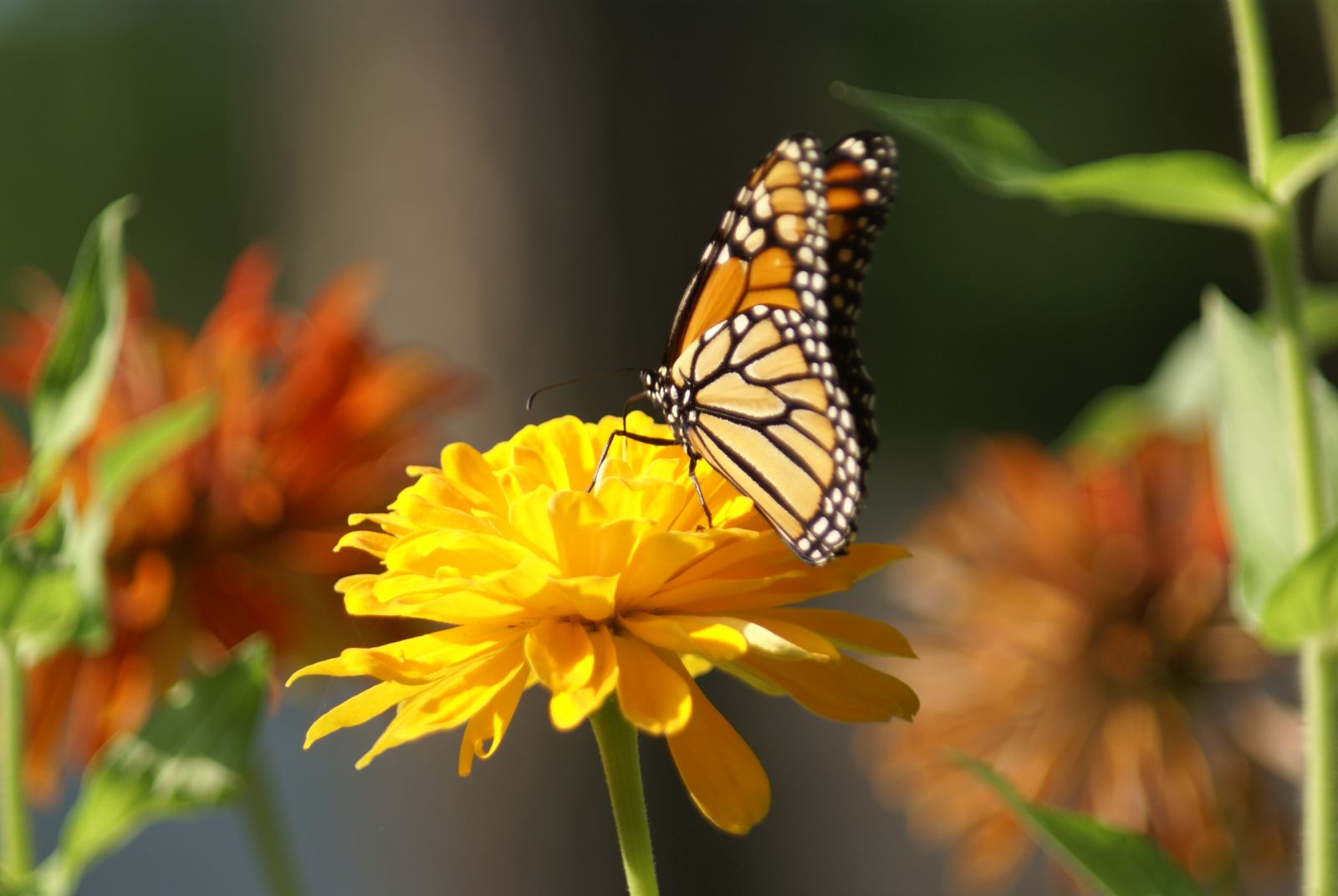
Whether you adhere to the rule or not is determined by the total picture and how you frame it. Framing is composed of two parts. First is the extreme edge of the picture itself ...where it ends. Second is also what is in the picture along any edge. You see a picture before you take it and you think it will make a good image to capture, but have you really looked at it from the best vantage point? Can something be added to "frame it" and make it more than just a good shot.
I believe you will see what I mean with the following two pictures. The first one is a good picture. It incorporates the rule of thirds. Notice the position of the four lines in the picture, the rock in the foreground, the fence line, the path in the distance, and the mountain ridge. Notice, too, the little bit of tree on the left side of the picture.
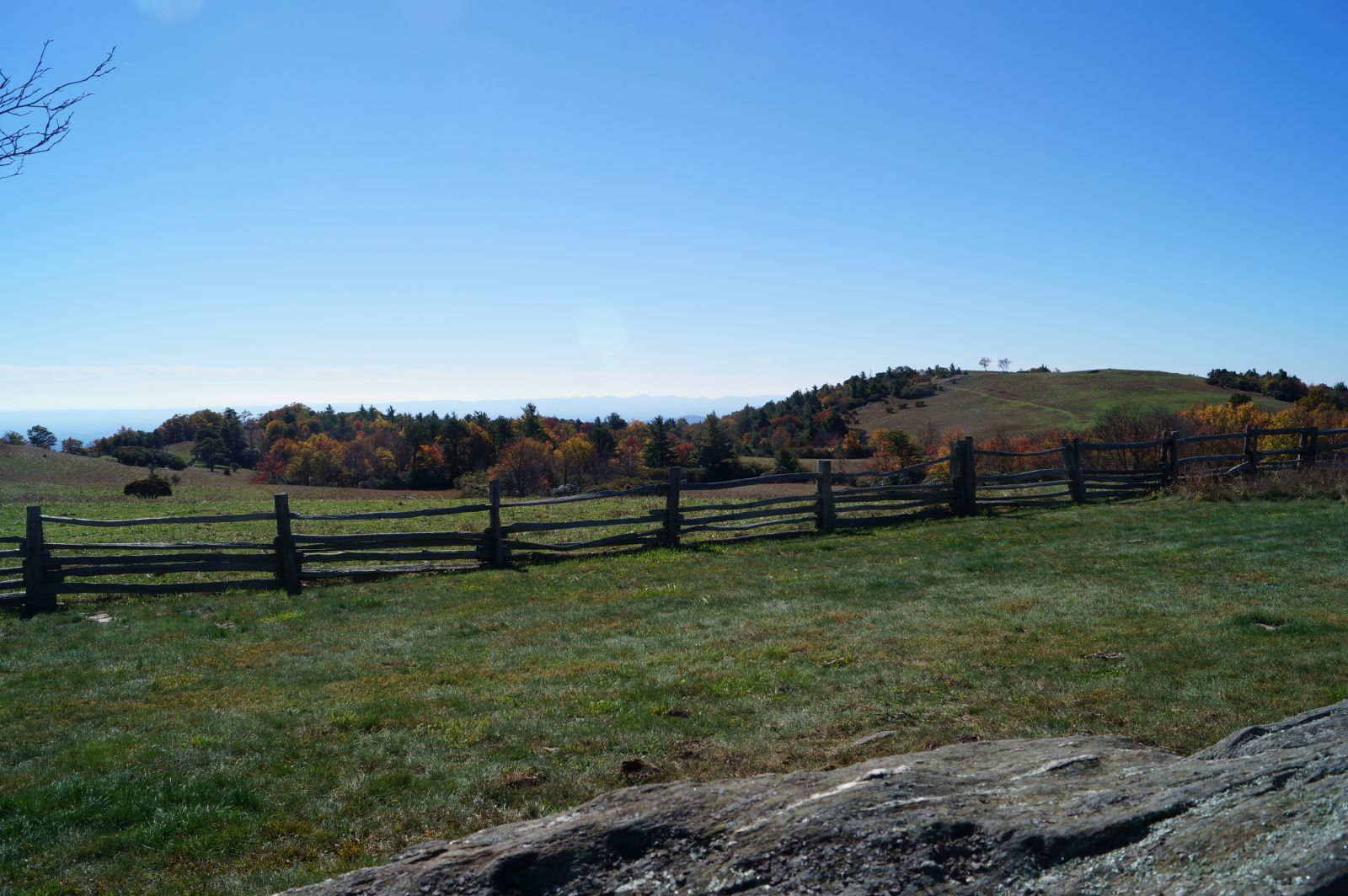
In this next shot I kept the same four lines but I moved my position, which added an object to frame the original image, and the whole picture changes.
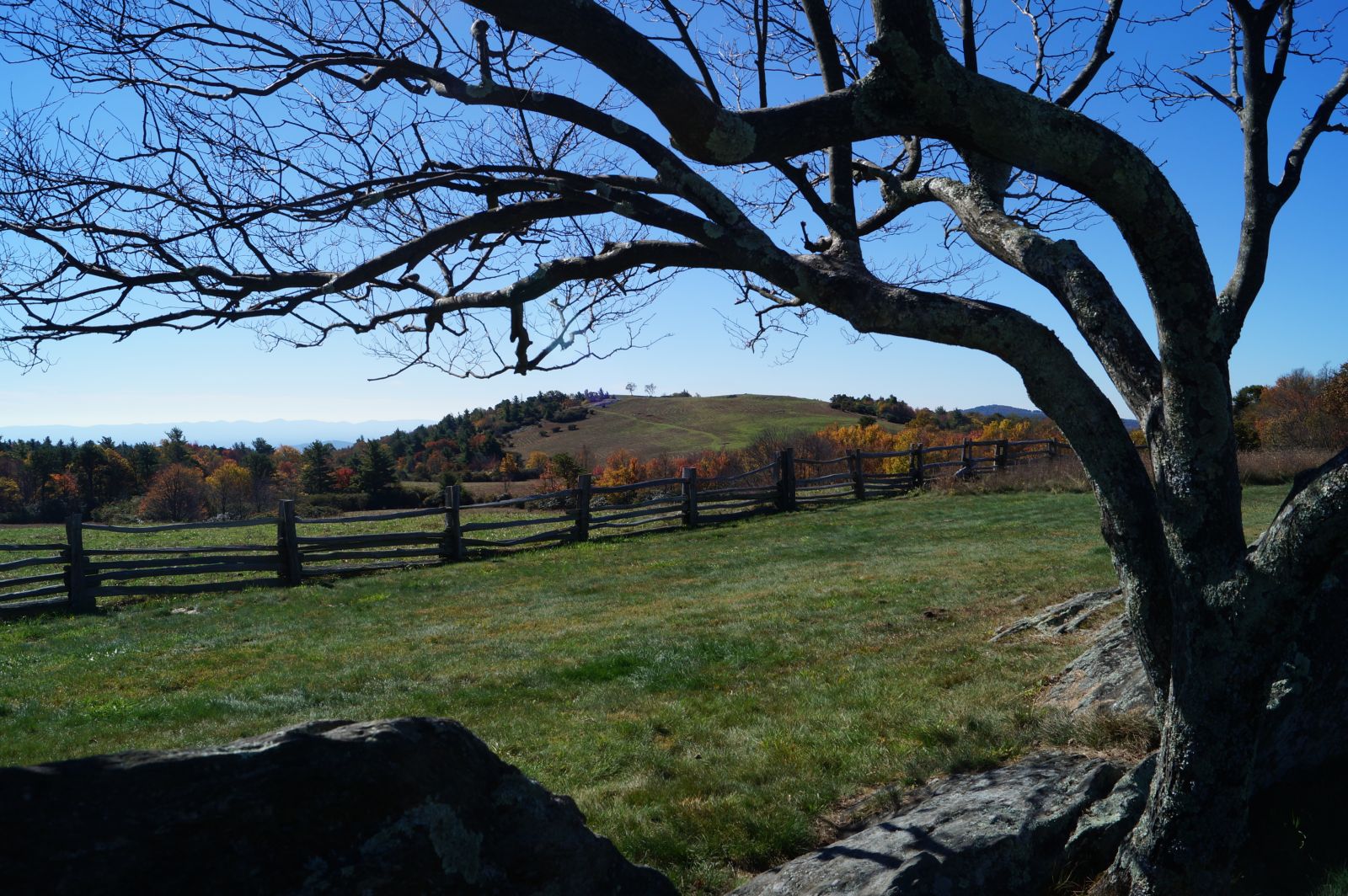
I told you that back in my film days, making a really good picture took two exposures. One in the camera and one in the darkroom. Well I still have the opportunity to make that "second shot."
I can do that using my computer and a good photo editing program. I will show you what I mean.
This picture was originally supposed to be a shot of the geese. I was just learning to use the camera at a William and Mary cross country event, and while I was playing with the focus I saw the Georgetown girls track team come over the hill. This is the final product.
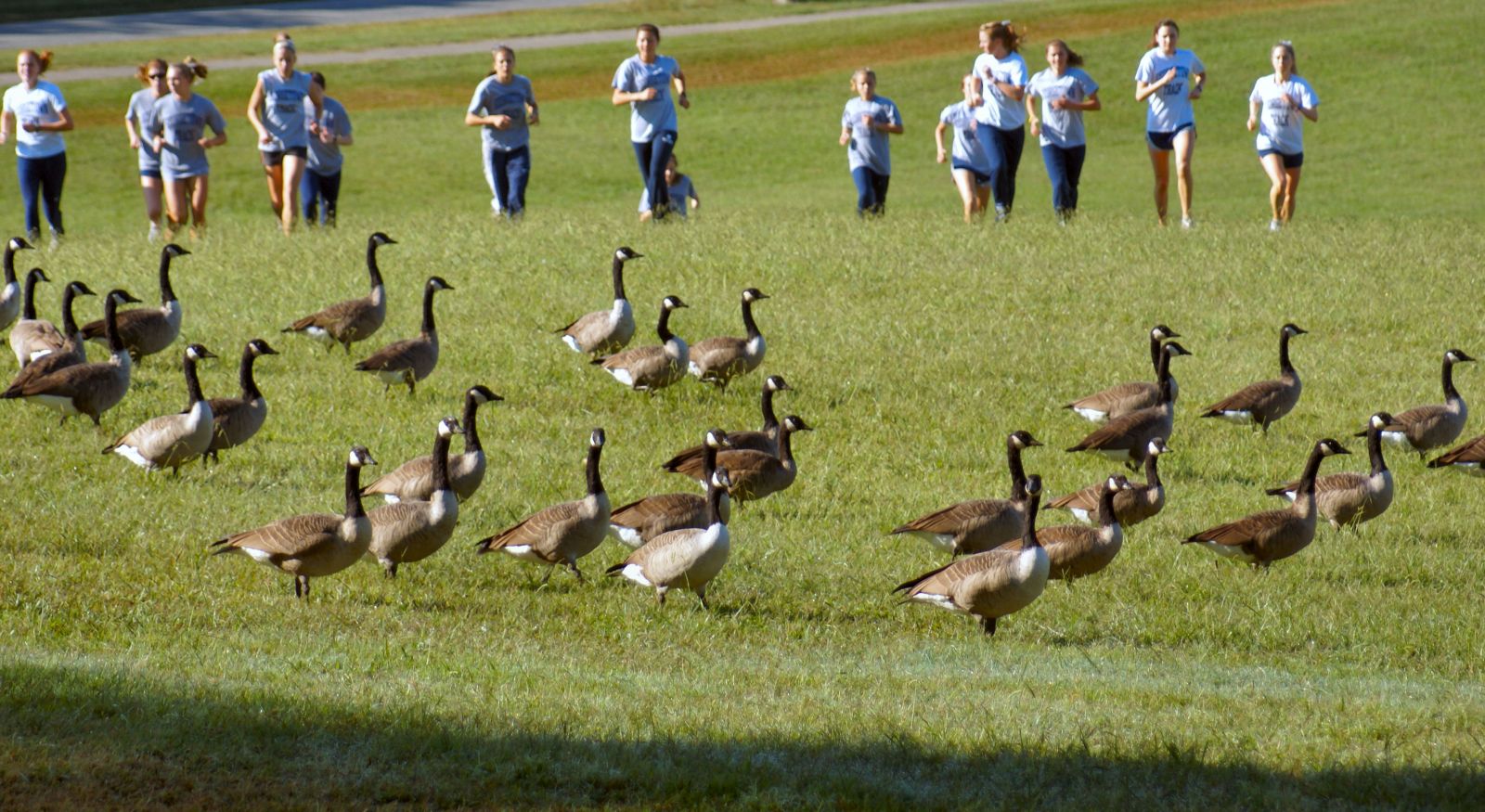
This is the original shot before I edited it.
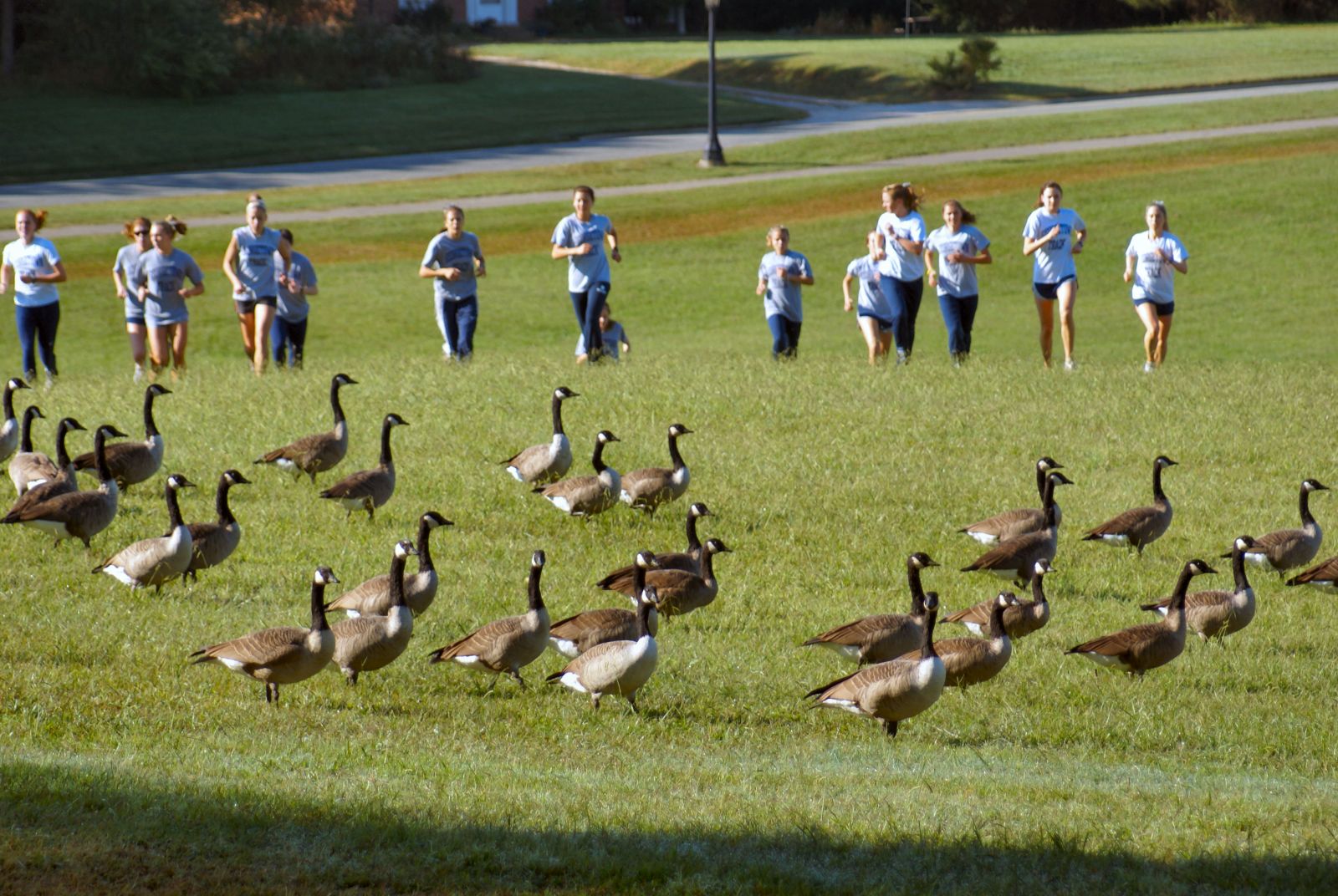
The original image placed the girls almost dead center of the frame. The edited picture made better use of the rule of thirds, which creates a more dynamic picture even with the track team out of focus. This also exhibits once again how a shallow depth of field contributes to the picture.
Knowing how to use lines, the rule of thirds, depth of field both wide and shallow and looking at the framing of your shot is going to help you create a good, and sometimes great, shot. You never know when you might need to use knowledge of all the above to create one special picture.

Did I use convergent lines? Did I use the rule of thirds to position my subject? How does the depth of field of my wide angle zoom contribute to this shot?
Not bad! Right?
Next time we will learn how to use the brains behind the camera to help us capture that still moment in time.
http://community.fmca.com/blog/62/entry-1400-when-things-are-still/
Gramps

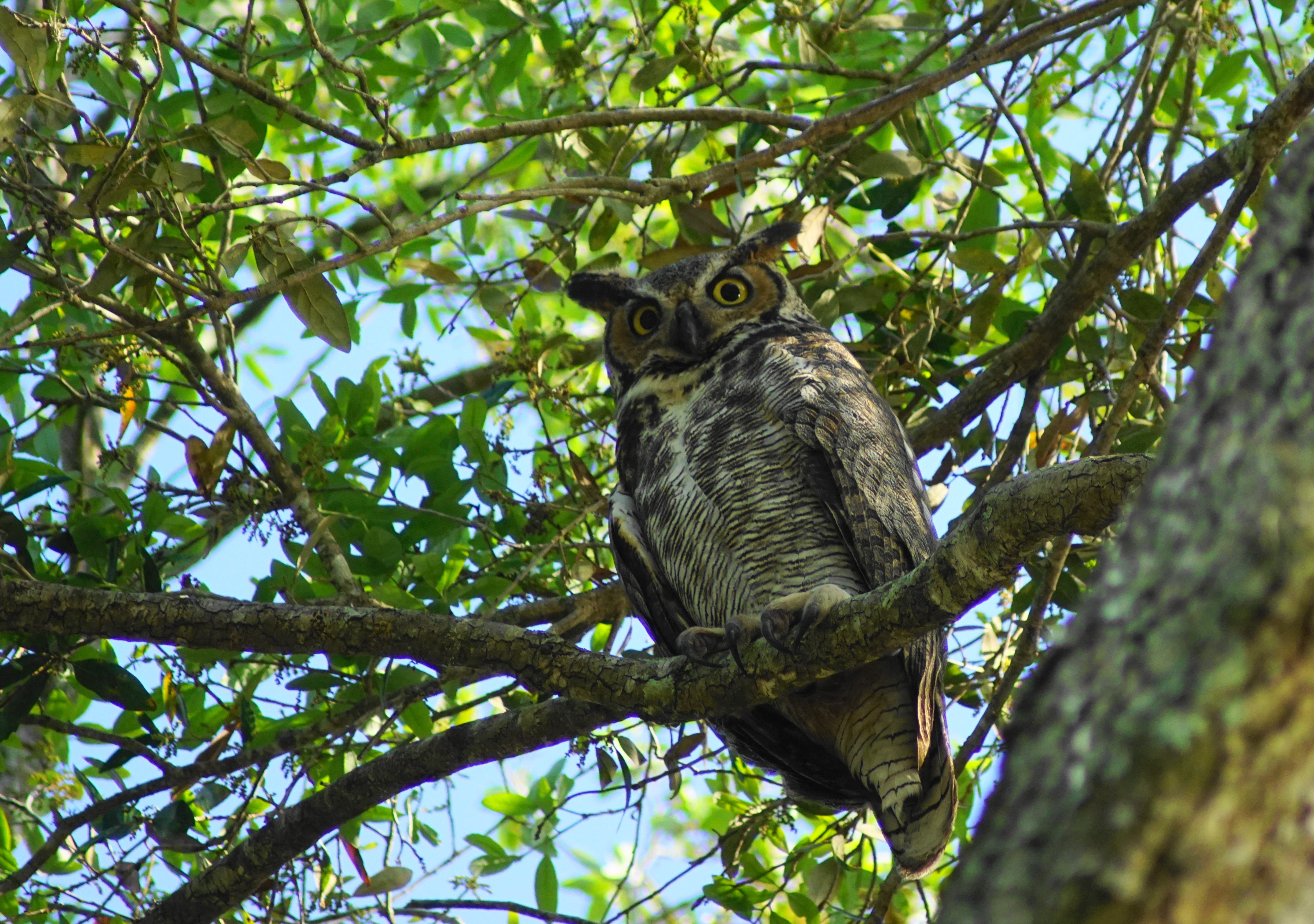

0 Comments
Recommended Comments
There are no comments to display.
Please sign in to comment
You will be able to leave a comment after signing in
Sign In Now